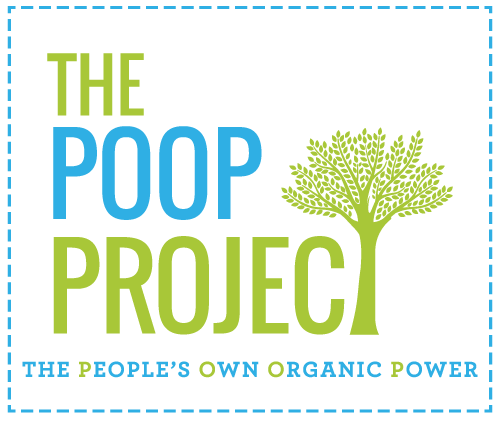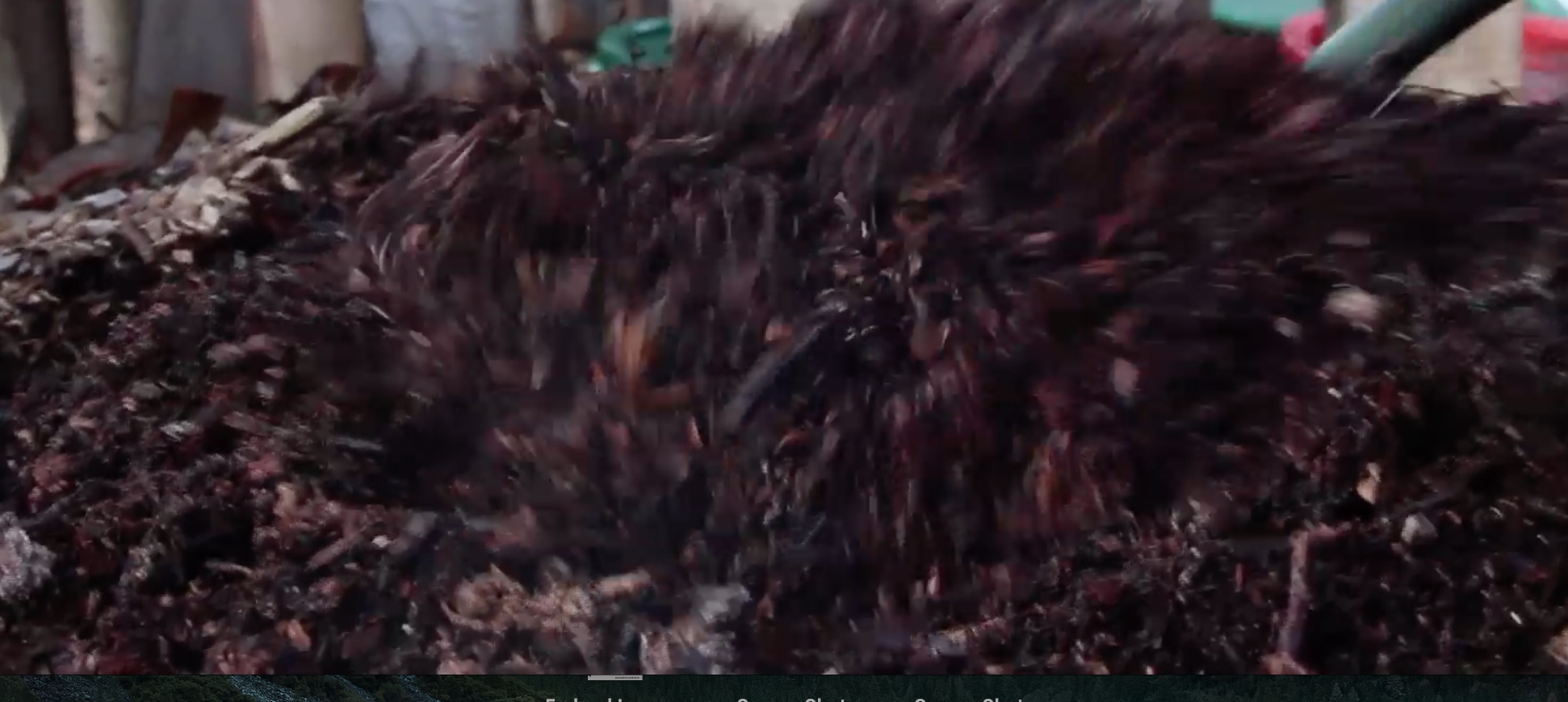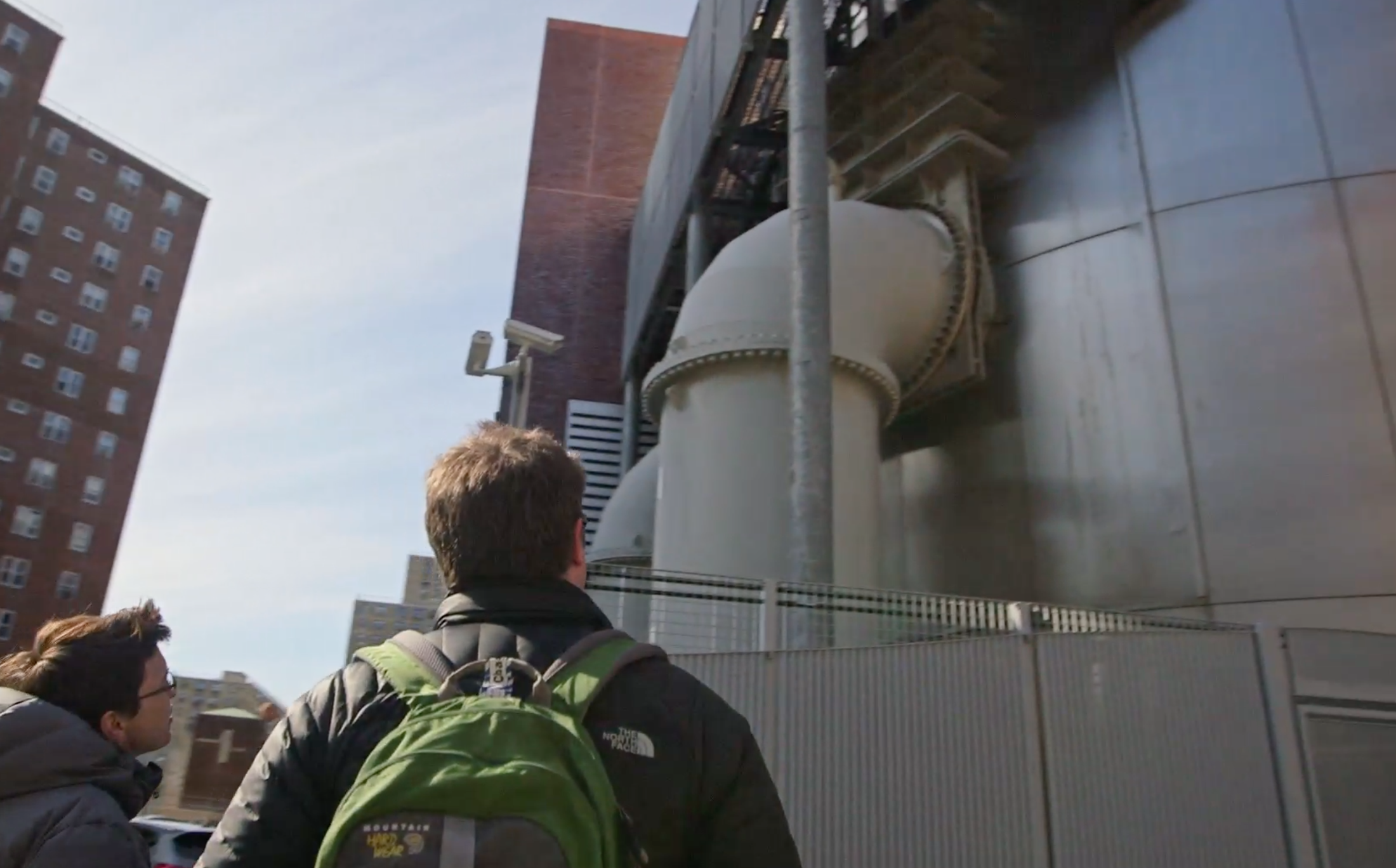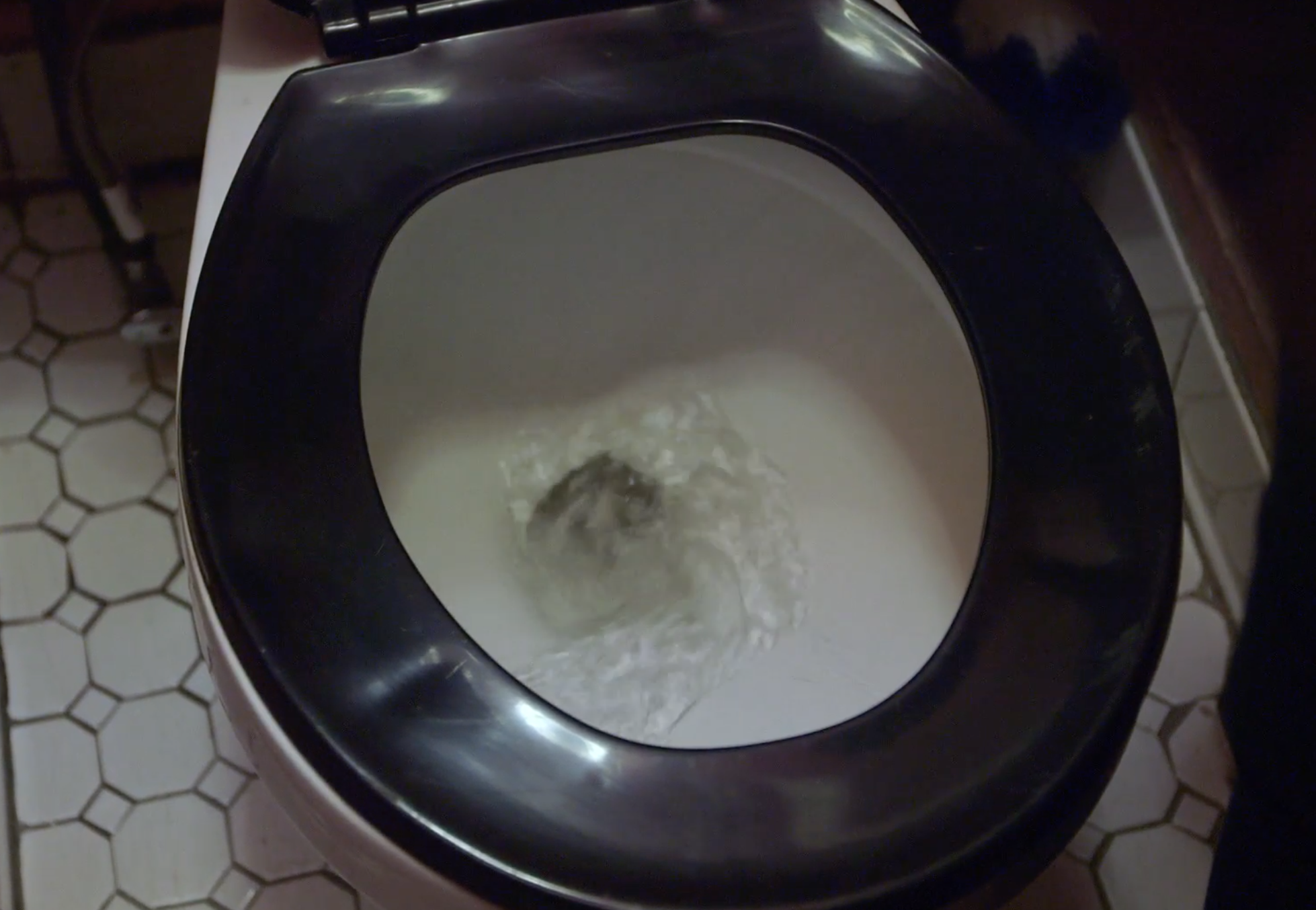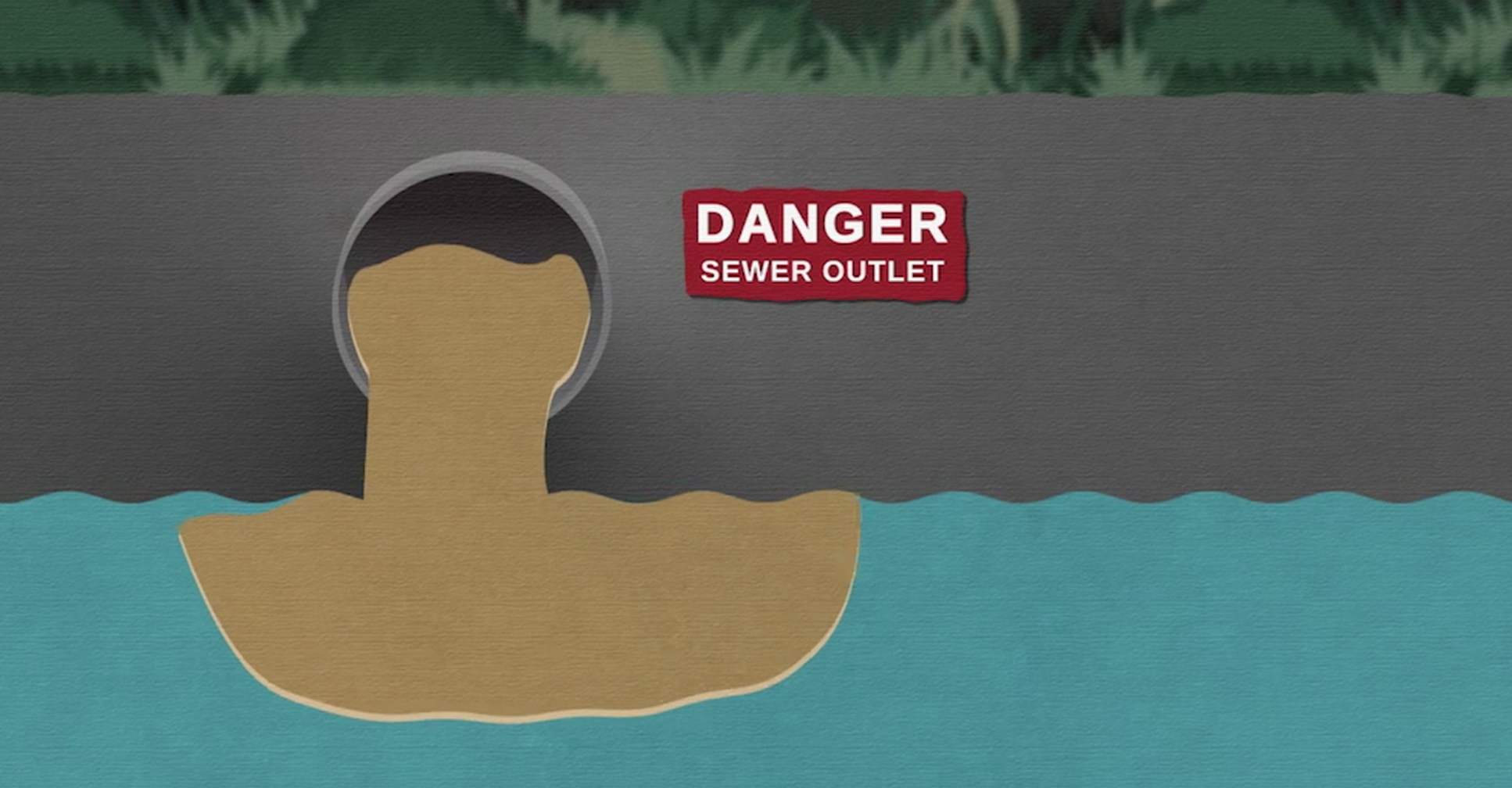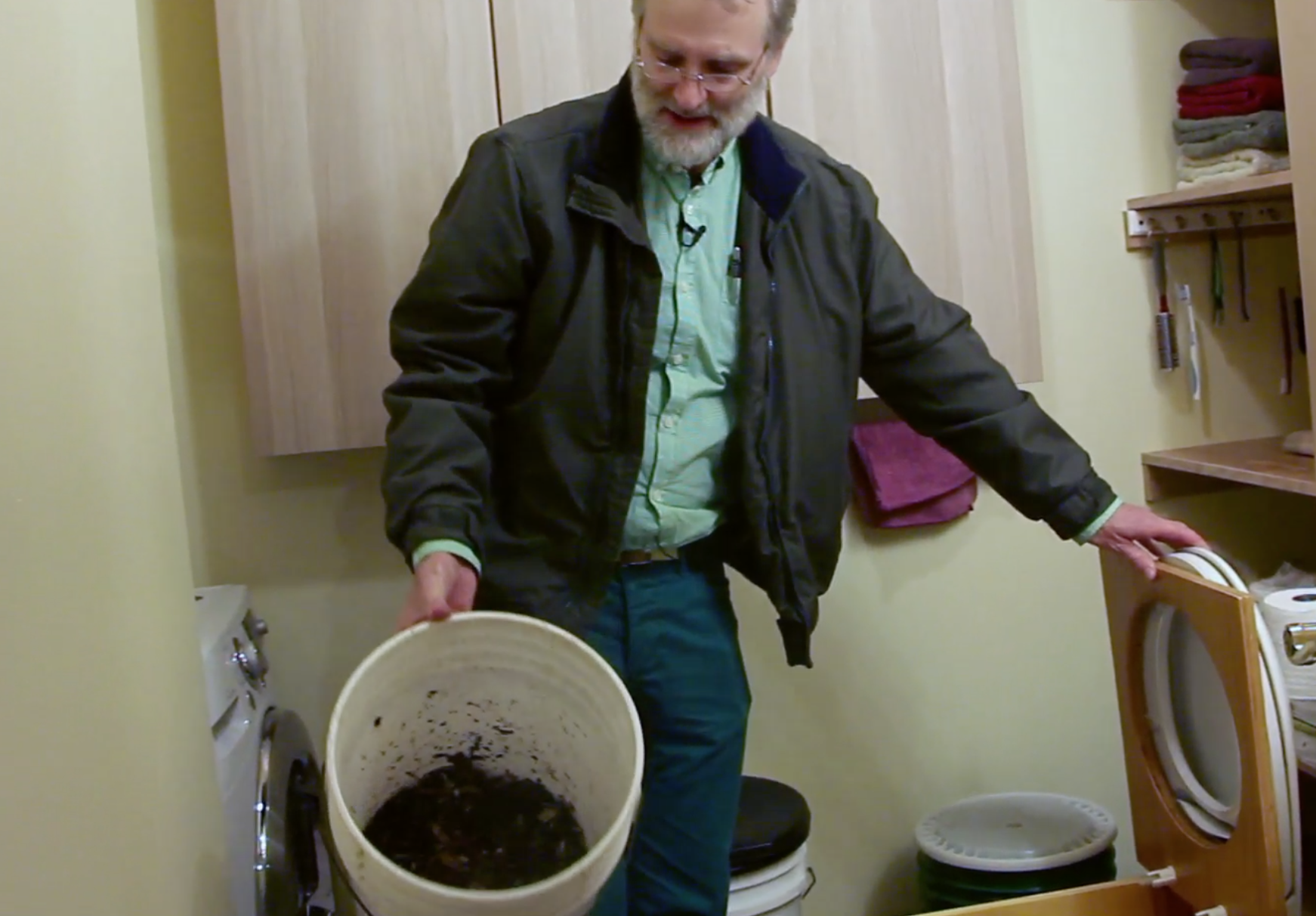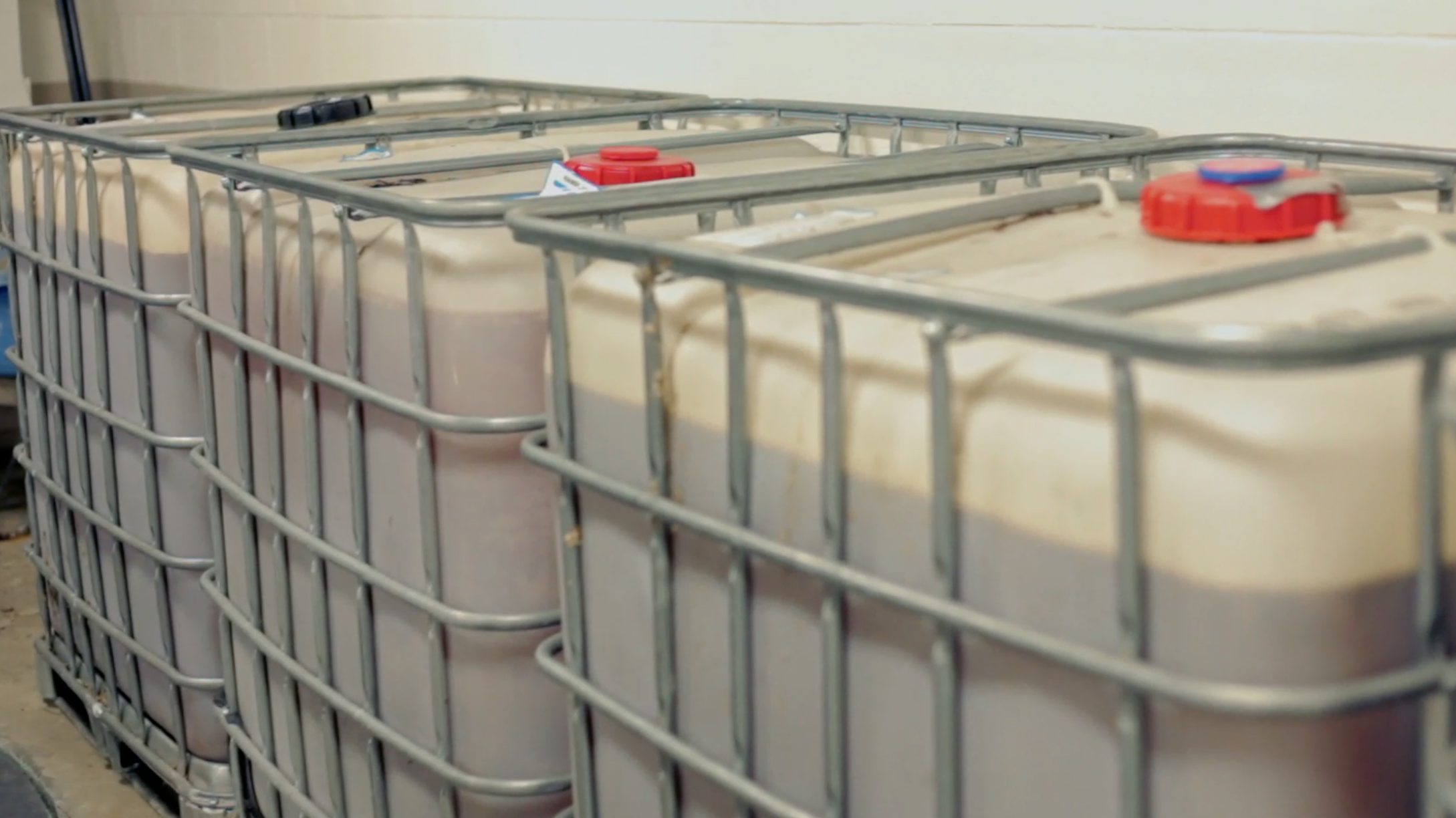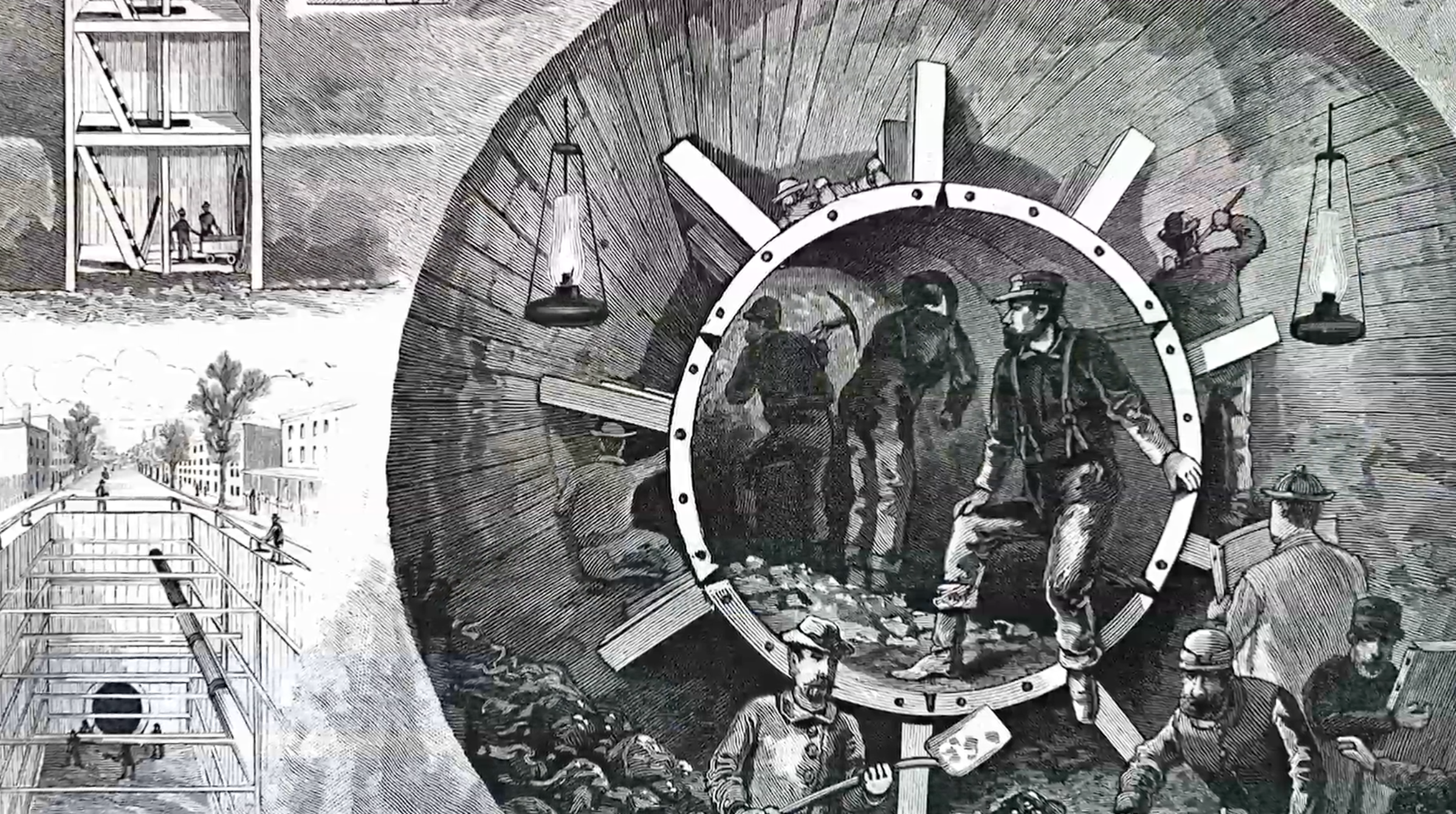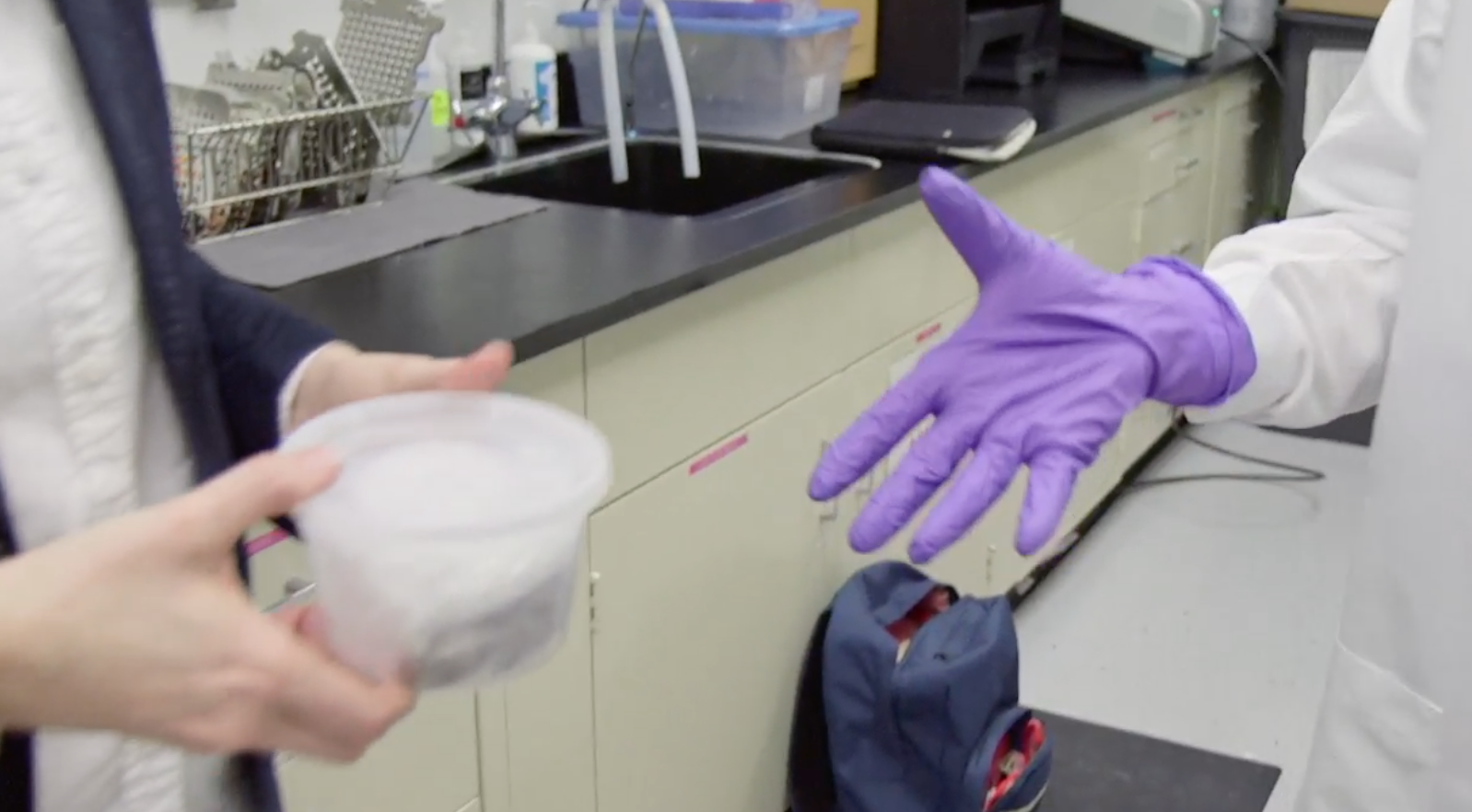TRASH OR TREASURE: A Brief History of Bodily Fluids
A History of Poop
Throughout history both urine and feces have been considered valuable assets. In fact, it was not until the 19th century that the term “Human Waste” came into use.
In 1873 NYC, poop was profitable. Residents willing to collect their waste could sell it off to farmers outside of the city. The waste collected was shipped out of the city on steam boats, and then dried out and compacted into bricks. These bricks were then used as a fertilizer for the crops, which would eventually be sold to residents inside the city. It was all one system.
As the population increased in New York, sanitation issues became clear as a series of deadly cholera outbreaks occurred. To address this, a sewer system was installed throughout the city with private flush toilets replacing outhouses. Unfortunately, this eliminated the possibility of poop bricks being used as fertilizer, as sewers were collecting human waste as well as toxic residential and industrial chemicals.
A History of Urine
Urine has been seen as a useful product for over 2000 years. The mercenary Roman Emporor Vespasian famously put a tax on the collection of urine, which was sold for a range of purposes from bleaching fabric to brushing teeth.
How many products can you find that might could be made of urine? The Urine Metabolome Database details over 3000 different molecules found in urine! Have a browse and see what you can discover about what urine shares in common with everything from citrus fruits to household cleaners to fireworks.
